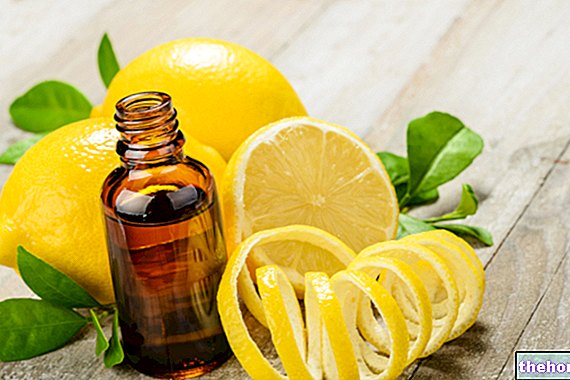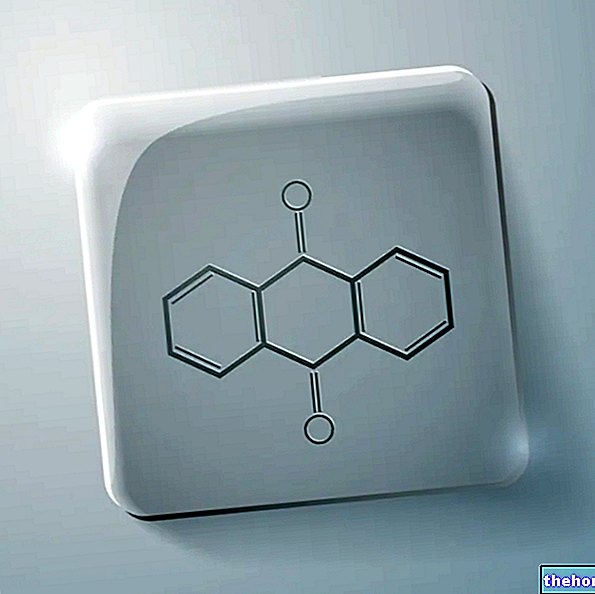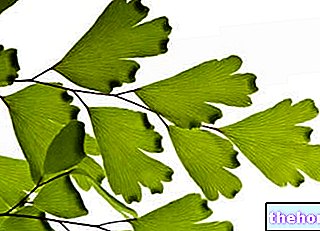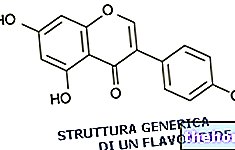As far as the homogeneous polysaccharides of dietary interest are concerned, we recall the FRUCTANS and the INULINS, fructose polymers that are a bit particular because to be produced they need a graft molecule represented not by fructose, but by glucose. Inulins are substances accumulated in the cell vacuoles of plants belonging to different families, for example the Composites, Campanulaceae, Graminaceae; they are important from a dietary point of view because they have cholagogue and cholecystokinetic properties, i.e. they stimulate the functionality of the gallbladder in the production and secretion of bile; consequently, therefore, they improve digestive properties. Inulins are also used for diagnostic purposes, in particular in measuring the glomerular filtration rate, since they are not assimilable; the glomerular filtration rate, therefore, is detected by injecting a solution of fructans into the blood and seeing the speed of eli over time urinary mination.
When we talk about heteropolysaccharides we are talking above all about wall constituents and modifications of the wall itself. The classification of heteropolysaccharides is particularly complex, due to the fact that the heteropolysaccharides themselves are complex molecules, because their composition is very varied. Each heteropolysaccharide can vary in quality and quantity of each monomer that constitutes it and therefore be characterized in a different way.
There are many glucomannans, galactomannans and many galacto-glucomannans; in the group of glucomannans there are many mucilages with this characterization, as the prevailing monosaccharides are glucose and mannose and their reciprocal quantitative ratio can vary greatly. Mucilaginous compounds, NEUTRAL MUCILLAGES, glucomannans, galactomannans and galacto-glucomannans, heteropolysaccharides with neutral reactivity in aqueous solution are defined. By ACID MUCILLAGES, on the other hand, we mean substances with acid functionality, such as carboxylic groups; in this case the differentiation is on a botanical basis, in relation, therefore, to the species of origin or to the family. By heteropolysaccharides we also mean the HEMICELULLOSE constituents of the wall; here too the classification can be botanical or chemical. The botanical classification essentially refers to the source, while the chemical classification is based on the composition of the prevailing monomers that characterize the heterogeneous polysaccharide. We talk about polysaccharides, hemicelluloses and mucilages in XILANI, when xylose is the prevalent monosaccharide, as well as MANNANI (mannose) or GALACTAN (galactose). This category also includes TIRES; they have an interesting characterization from the botanical point of view, in the sense that they are classified on the basis of the source. Their peculiarity is that they are characterized as pathological exudates; they are therefore derived from a modification of a certain wall in relation to an offensive external agent for the plant, such as the "incision of the bark. An exception is the GOMMA GUAR or GOMMA CARRUBA, consisting of neutral mucilage, but defined by the common rubber nomenclature ; it would be correct to call them mucilage, but the widespread use of this hetero polysaccharide and its chemical-physical characteristics mean that it is commonly called gum, even if in reality it is not an exudate. Among the heteropolysaccharides are also reported PECTINS; for a change , also in this case the classification is not correct, as they are polymers of galacturonic acid, therefore homopolysaccharides; in reality, they have chemical-physical characteristics extremely similar and close to those of gums and mucilages, as well as hemicelluloses.
Mucilages, hemicelluloses, gums and pectins have in common the fact that in aqueous solution they create colloids or gels, absorbing a large amount of water.
All these characteristics mean that carbohydrate products have a "high importance at a technical / formulation level, as excipients and more generally as constituents of the health formulation, be it herbal, dietary or even cosmetic. They are able to give particular chemical characteristics - physical and consistency in relation to the application. For a cream, for example, this characteristic can be represented by spreadability or sensitivity to touch, while for a herbal product - since they adsorb huge quantities of water - they can be characterized as functional constituents. Finally, their characteristics mean that they can be used as volume laxatives and in the formulation of low-calorie diet products and adjuvants of diets for weight loss.
Other articles on "Fructans, inulins and mucilages"
- Properties of cellulose
- Pharmacognosy
- Agar and psyllium




























